Optimal Timing for Sunroom Installations
Understanding the optimal timing for sunroom installations can enhance project outcomes and ensure proper preparation. The most suitable periods typically depend on weather conditions, contractor availability, and planning considerations.
Spring offers moderate temperatures and longer daylight hours, making it ideal for construction and setup activities.
Summer provides extended daylight and warm weather, but high temperatures and potential storms can cause delays.
Fall allows for installation before winter, with cooler weather reducing overheating risks during construction.
Winter may pose challenges due to cold temperatures and snow, which can hinder outdoor work and material handling.
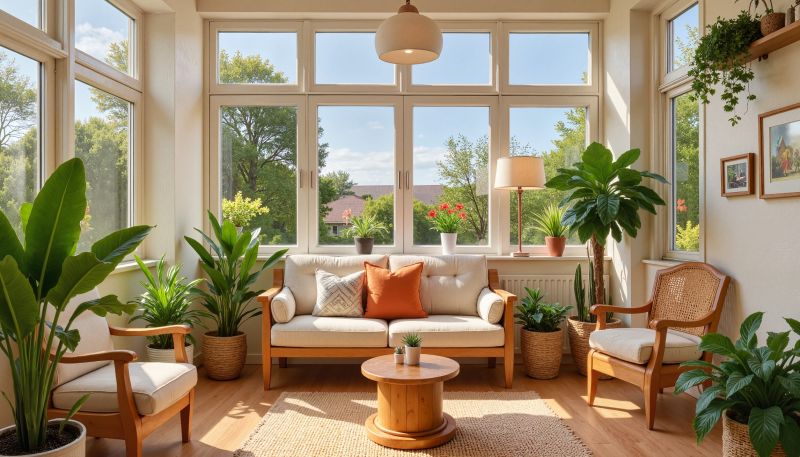
Spring provides favorable weather for construction, ensuring timely completion.
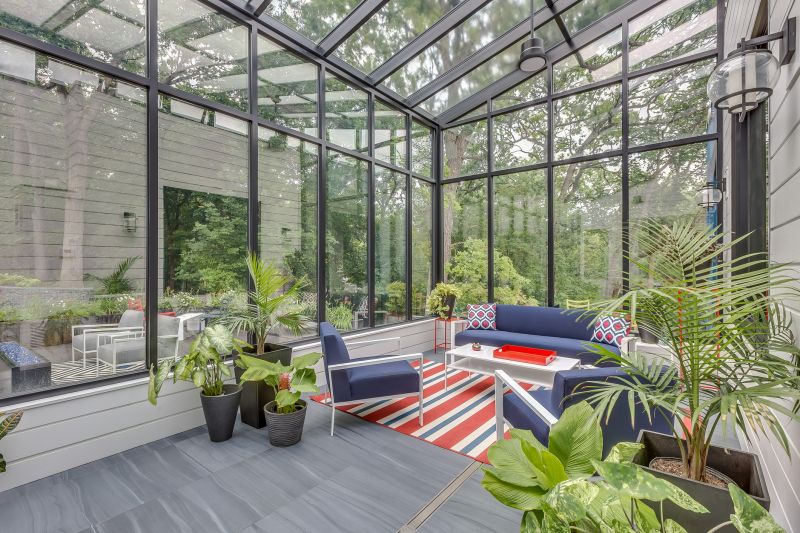
Summer allows for longer working hours but requires planning around weather events.
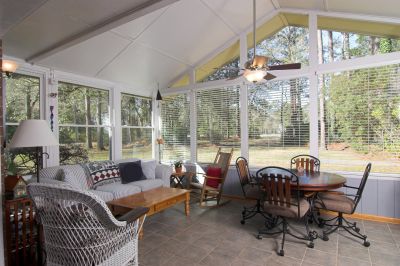
Fall offers cooler temperatures and an opportunity to enjoy the sunroom before winter.
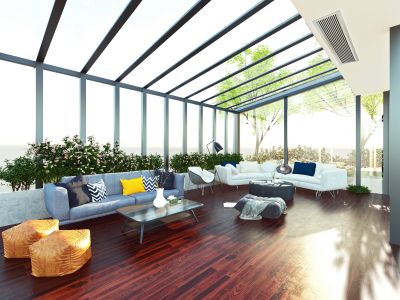
Ways to make Sunroom Installations work in tight or awkward layouts.
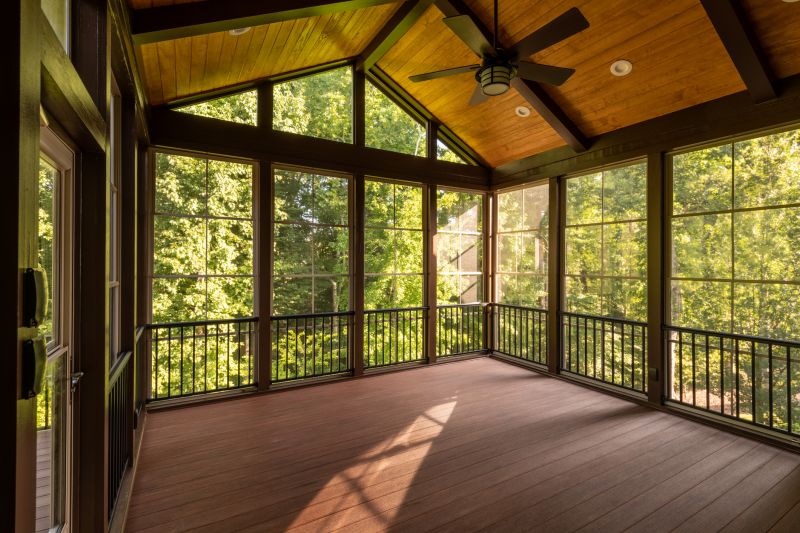
Popular materials for Sunroom Installations and why they hold up over time.
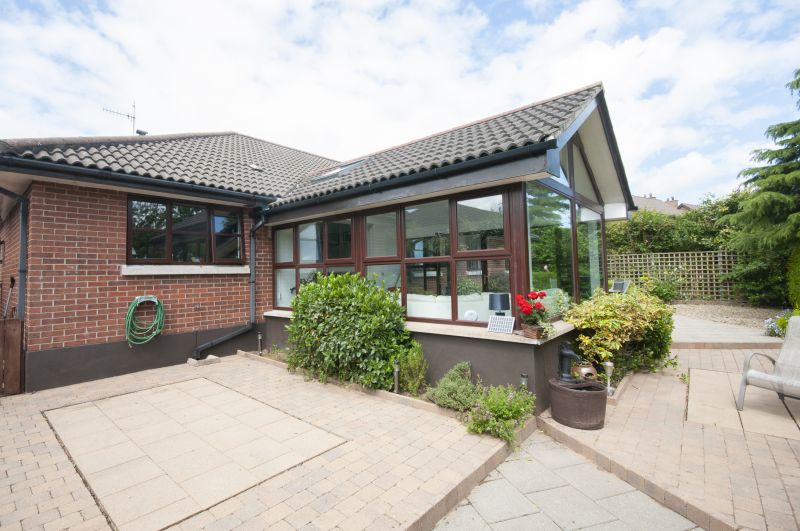
Simple add-ons that improve Sunroom Installations without blowing the budget.

High-end options that actually feel worth it for Sunroom Installations.
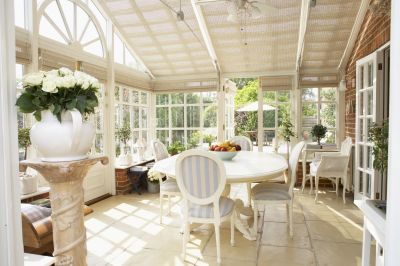
Finishes and colors that play nicely with Sunroom Installations.
| Season | Ideal Conditions |
|---|---|
| Spring | Moderate temperatures, longer daylight, good weather |
| Summer | Warm weather, longer days, potential storms |
| Fall | Cooler temperatures, less rain, before winter |
| Winter | Cold temperatures, snow, limited outdoor work |
Sunroom installations require careful planning to match seasonal conditions for optimal results. Proper timing can reduce delays, improve material handling, and ensure the structure's longevity. Contractors often recommend scheduling during periods with stable weather and moderate temperatures to facilitate efficient construction and curing processes.
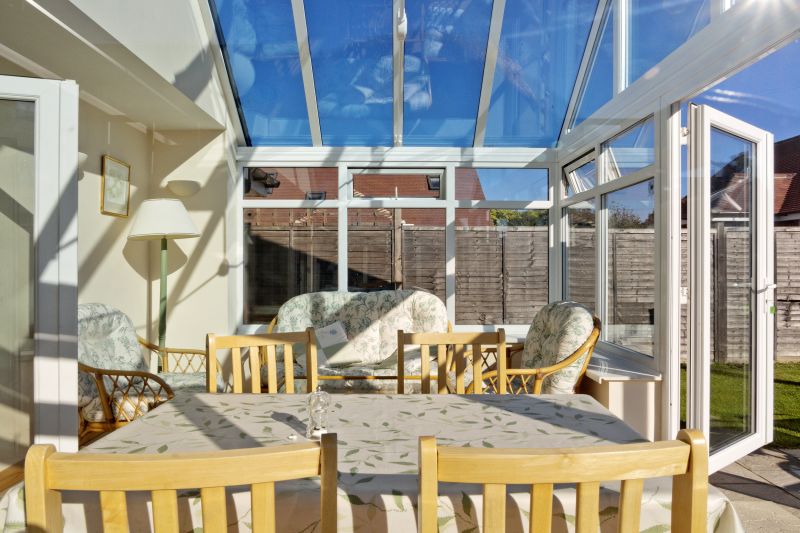
Construction activities flourish in spring due to favorable weather.

Summer provides ample daylight for efficient work schedules.
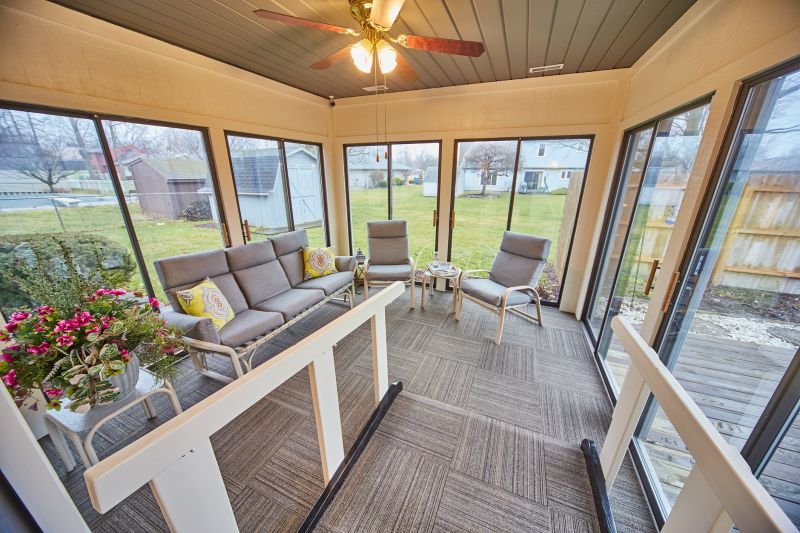
Fall allows for completion before winter weather sets in.
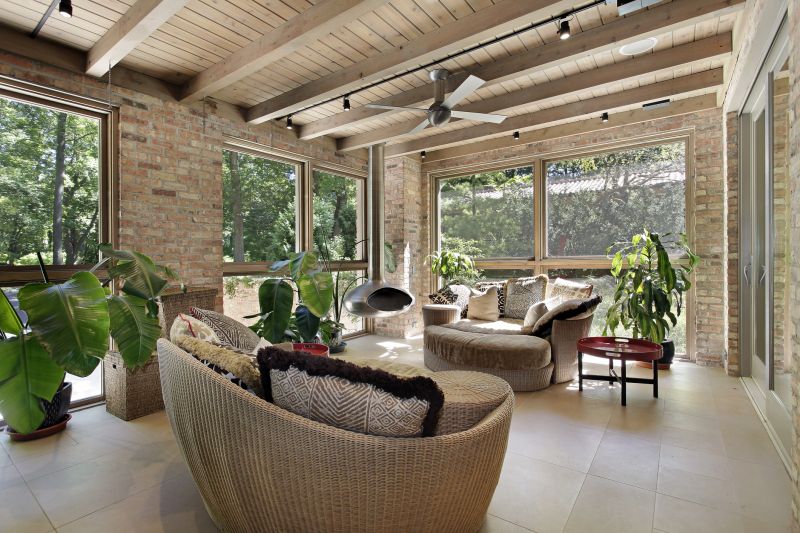
Winter installation may require additional planning for cold conditions.
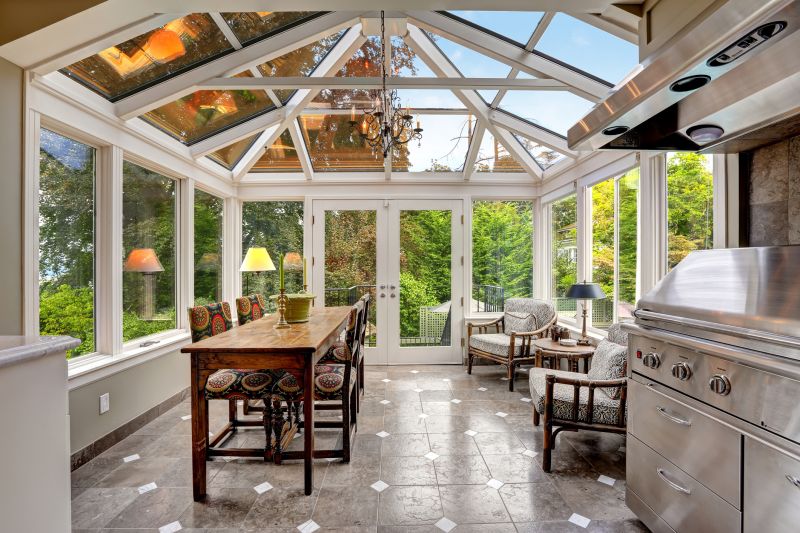
A 60-second routine that keeps Sunroom Installations looking new.
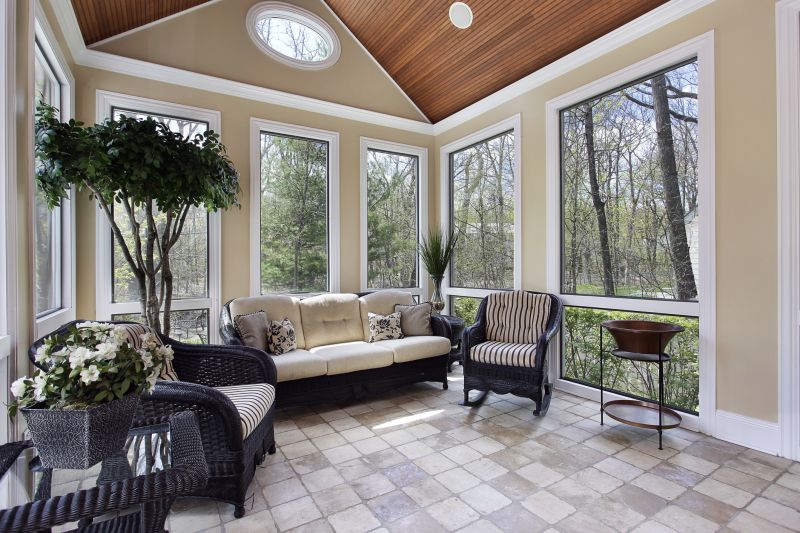
A frequent mistake in Sunroom Installations and how to dodge it.

Small tweaks to make Sunroom Installations safer and easier to use.

Lower-waste or water-saving choices for Sunroom Installations.
Scheduling a sunroom installation during the optimal seasons can maximize the quality and durability of the structure. It also helps in coordinating with contractors' availability and reducing the risk of weather-related setbacks. Planning ahead ensures that the project aligns with seasonal advantages, resulting in a successful and timely installation.
Individuals interested in sunroom installations are encouraged to contact for more information and to discuss scheduling options that suit their needs and local climate conditions.

